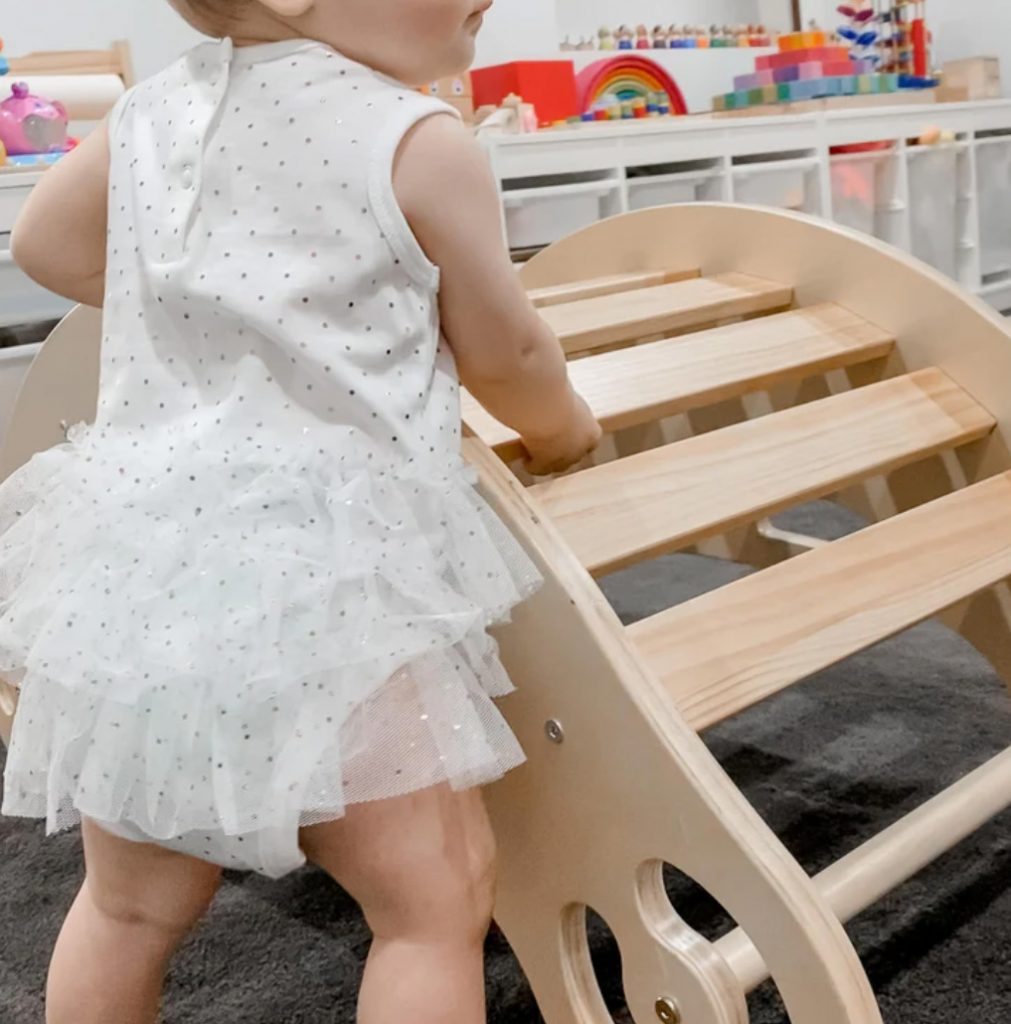“The importance of encouraging active play in children” is a collaborative post.
Children love to play. And luckily for parents, playing isn’t only entertaining for their children. It’s also important for their growth and development.
Children can engage in two types of play: passive play and active play. Passive play is where a child takes enjoyment and entertainment by observing passively. Meanwhile, active play allows the child to actively participate in the activity and have fun. Out of these two types, it’s recommended for children to become involved in active play.
So, as a parent, you must ensure that your child takes part in this kind of activity, as it provides better benefits than passive play. But what benefits does active play offer to your children?
Active playing is a good physical exercise
Children need adequate exercise while growing up. With active play, you don’t have to plan an exercise routine that they need to follow. Games such as tag, hide and seek, and obstacle course runs are a great way to engage your child while reaching their body’s daily requirements. And with these activities, they don’t have routines to follow; they’re even having fun being a kid.
And to further improve their play, encourage them to go outside and run around. Doing so also prevents your child from spending too much time in front of the screen.
If you want, you can even create a mini obstacle course in your home using My Happy Helpers: Explore Amy Pikler’s Triangle Collection to give your course enriching activities. Moreover, playing with ball sports, hula hoops, and similar toys are great ways to enhance the fun of active play.
Furthermore, it’s also known that low fitness levels in children are associated with low academic outcomes. A study shows that physical activity is known to be a vital factor in academic performance because it helps enhance the brain’s neurotrophic factors and brain development.
That’s why it’s crucial that you introduce active playing to your kids as young as possible.
Kids will learn how to include others
Active playing can be more exciting if many children will participate. That’s why one of the benefits of active play to children is that they’ll learn how to include others. They can use active playing to connect with other children even if they’ve just met.
Kids can participate in physical education classes and join sports teams and community activities to encourage them to play actively. Allow children to leave their comfort zone and mingle with other children with different skills, personalities, and interests.
Parents must also teach children the importance of sharing opportunities to shine. All the children involved in active playing will benefit from the activity. That’s why adults must ensure that all children will participate in active playing, whether it is at home or at school.
When children see how the adults include other kids in active play, they will also learn that they must be inclusive and invite others to play with them. Kids model the adults they trust, and when they see how adults practice acceptance and tolerance, they’ll understand the importance of it.

Active play helps boost confidence
When a child gets involved in active play, they’ll learn new knowledge and skills that will help enhance their confidence. Their activities or games then become even more enjoyable as they learn new things.
They will feel like they’re getting better at playing, thus boosting their confidence. For example, if your child doesn’t know how to use the hula hoop, they’ll feel uncomfortable playing with other kids who already know the game.
However, encourage them to try and practice using the hula hoop until they get the hang of it and become better. They will feel more confident once they start practicing. As a result, they will be more willing to play with other kids.
You must also include your child in spaces that provide a supporting environment. Keep in mind that there will always be a first time. Your child might try new activities that they aren’t familiar with and not good at. A supportive environment will not only let them feel accepted despite not knowing, but it can also push them to perform harder.
They become more open to learning
Playing is a powerful tool for learning, which many parents don’t realise. Learning isn’t only done in classrooms through lessons and reading. Young children also acquire new knowledge and skills in other ways.
Learning can also be done while playing, especially during active play. Some children get bored with learning at school. However, they become more eager to learn new things and participate in learning activities if it’s done through playing.
That’s why active play is vital for children, especially for younger ones with short attention spans and can easily get bored. Introducing new knowledge to children through play allows them to have fun while learning.
Final thoughts on encouraging active play in children
If you have a child always staying inside their room playing with their gadgets or watching television, you must start capturing their interest and play with them actively. Doing so can ensure that your child’s physical, emotional, social, and mental development will be properly fulfilled.






